Marriage is a significant milestone in life, and a traditional Hindu wedding is one of the most elaborate and festive celebrations in the world. These weddings are rich with various ceremonies, rituals, and customs that reflect the essence of Hindu culture. Among all these rituals, one of the most emotionally charged and significant is “Kanyadaan.”
What is Kanyadaan?
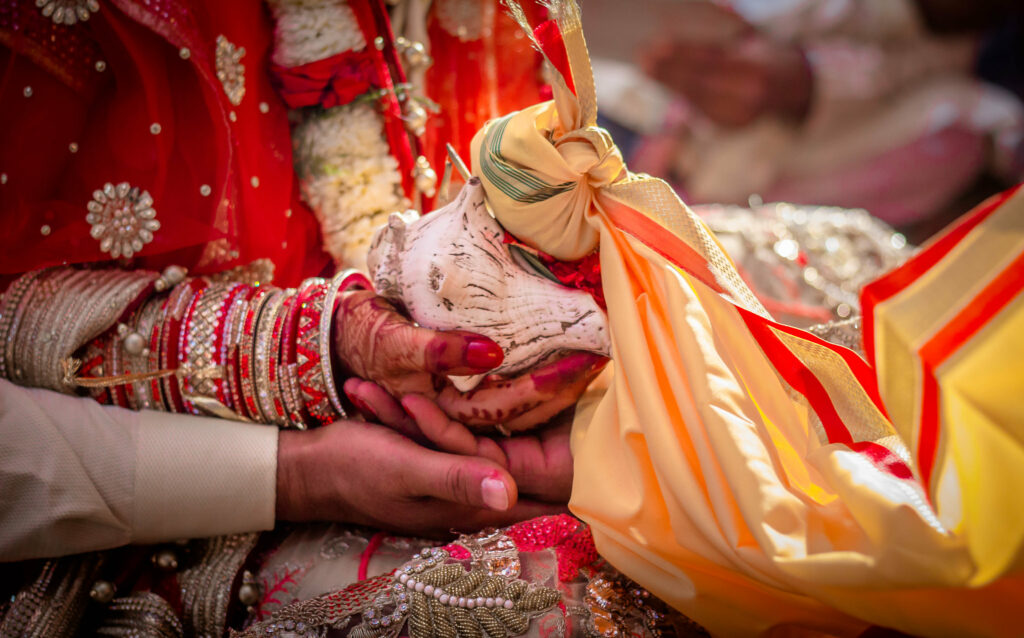
Kanyadaan is a combination of two words: “Kanya,” meaning daughter, and “Daan,” meaning to give away. Thus, Kanyadaan means giving away one’s daughter to her new family, symbolizing her transition as she marries the groom.
Origin of the Kanyadaan Ceremony
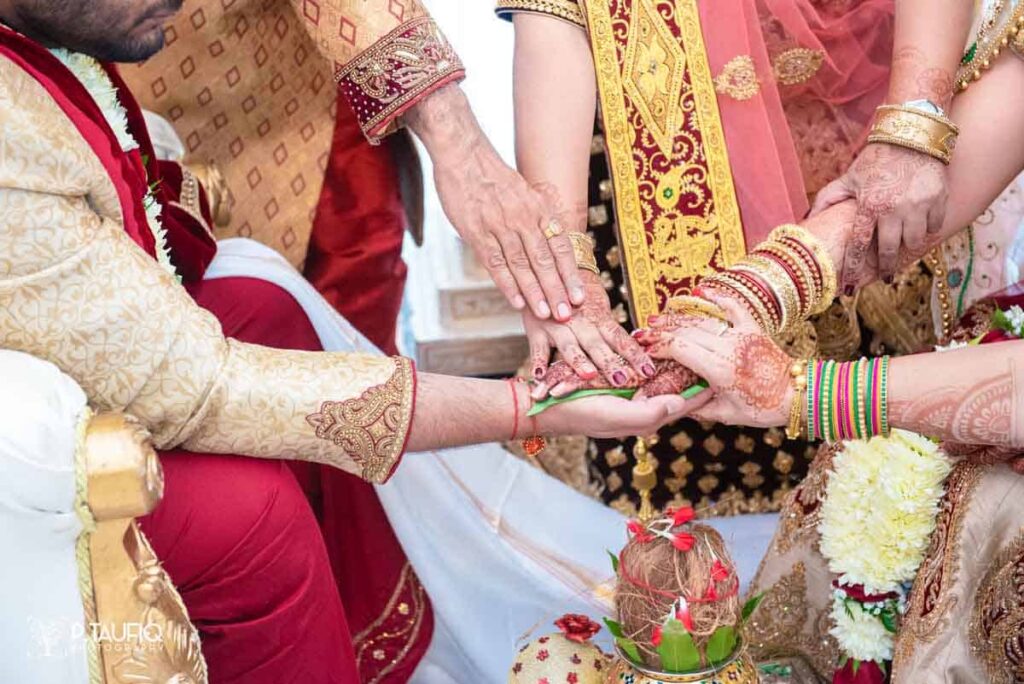
Kanyadaan is considered an ancient tradition, yet surprisingly, it is a relatively new concept. The Vedas, ancient texts that outline principles for living a good life, do not mention Kanyadaan in the context of traditional weddings. In the Vedic era, a woman’s consent was crucial for marriage, and the idea of a father offering his daughter to a groom was unknown.
Over time, however, traditions evolved. The principles of the Vedas were supplemented by the texts of Manu Smriti, which introduced the concept of Kanyadaan. According to Manu Smriti, Kanyadaan is the highest form of giving, reflecting the deep emotions parents feel as they give their daughter to a new family.
Emotional Significance of the Kanyadaan Ceremony
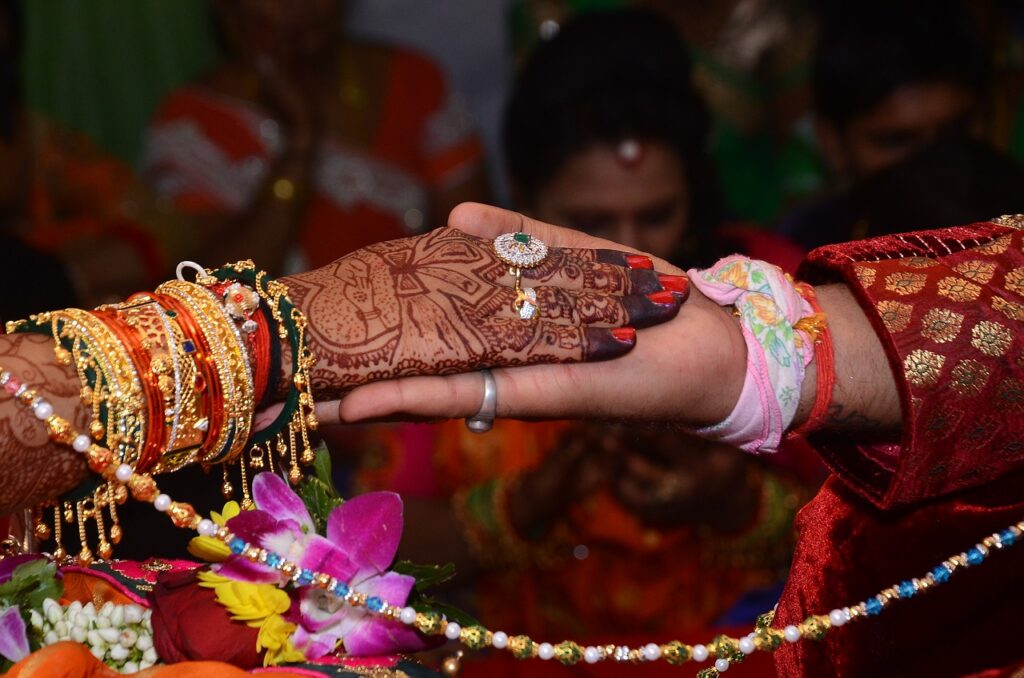
Kanyadaan marks a major transition not only for the bride but also for her family. It is an emotionally charged ritual, especially for the father and daughter. The bond between a father and daughter is unique and profound; a daughter is often seen as her father’s most cherished possession. Fathers pamper their daughters, knowing that one day they will have to marry them off.
Fathers often feel that no man can ever be good enough for their little girl, yet they hope the groom will love and care for her as much as they do. Kanyadaan is a poignant ritual and a sacrifice a father makes to ensure his daughter’s happiness.
Kanyadaan in a Traditional Hindu Wedding
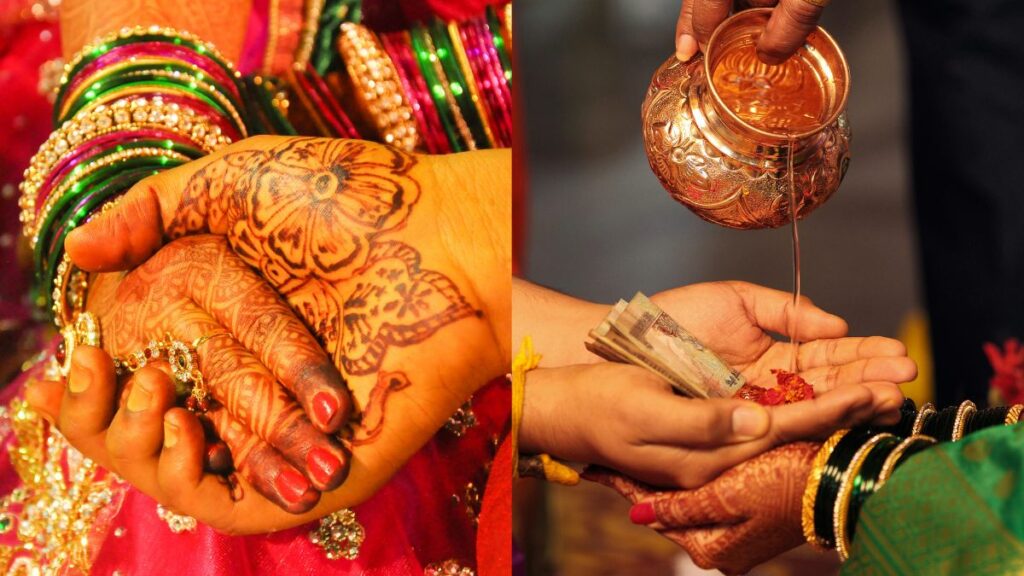
While the idea of a daughter leaving her home to join her husband’s family is common across many cultures, it holds special religious significance in Hindu weddings. A traditional Hindu wedding is filled with joyous celebrations, but the mood shifts to a deeply emotional tone after the seven vows when the father of the bride places her hand into the groom’s hand.
This act symbolizes transferring the responsibility of the daughter to the groom. It is one of the most sacred and emotional moments in a Hindu wedding.
Religious Significance of the Kanyadaan Ceremony
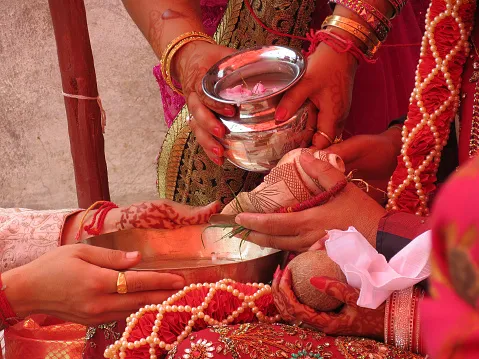
The Kanyadaan ritual carries deep religious symbolism. The groom is seen as a representation of Lord Vishnu, and by performing Kanyadaan, the parents are giving a gift to a deity. This gift is a significant part of their life—their daughter. The ritual signifies that the groom is receiving the most precious gift he will ever receive and emphasizes his responsibility to care for her.
The Ritual of Hastamilap
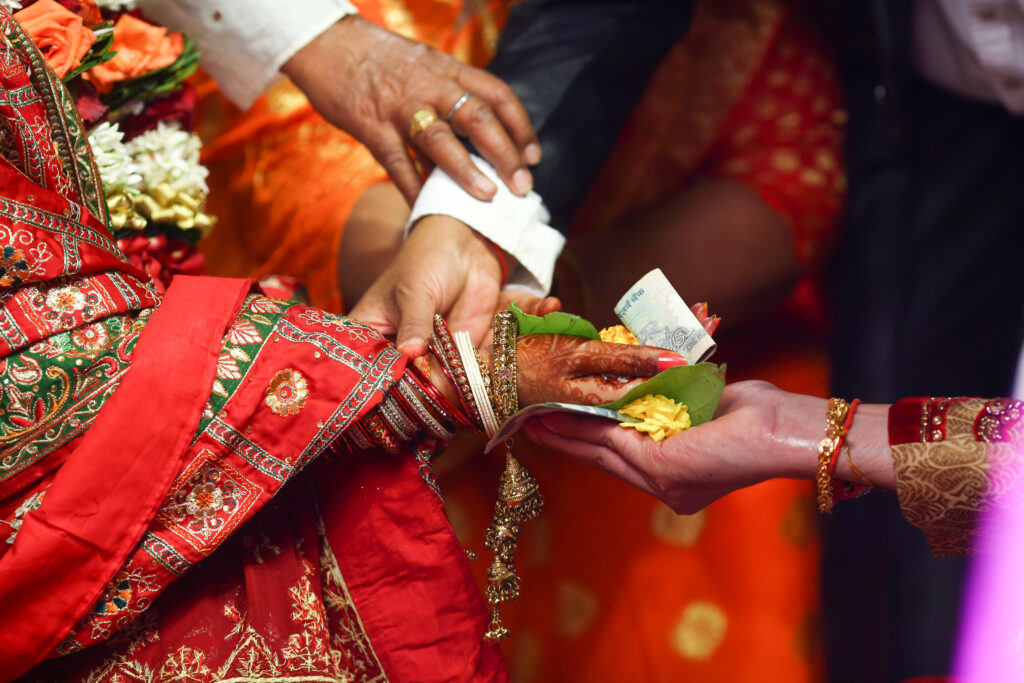
During Kanyadaan, the bride’s father places her right hand in the groom’s hand, an act known as Hastamilap. Their hands are joined by a sacred thread, over which betel leaves, betel nuts, flowers, dry fruits, conch, gold, and money are placed. The bride’s father then pours a mixture of Ganga water and milk over their hands as the priest chants holy verses in praise of Kamadeva, the God of Love.
This act establishes a strong connection between the bride and groom. The groom is asked to place his hand on the bride’s right shoulder, symbolizing his commitment to her well-being. They then proceed to take the Pheras (circling the holy fire together) and recite holy vows as directed by the priest.
Importance of Kanyadaan
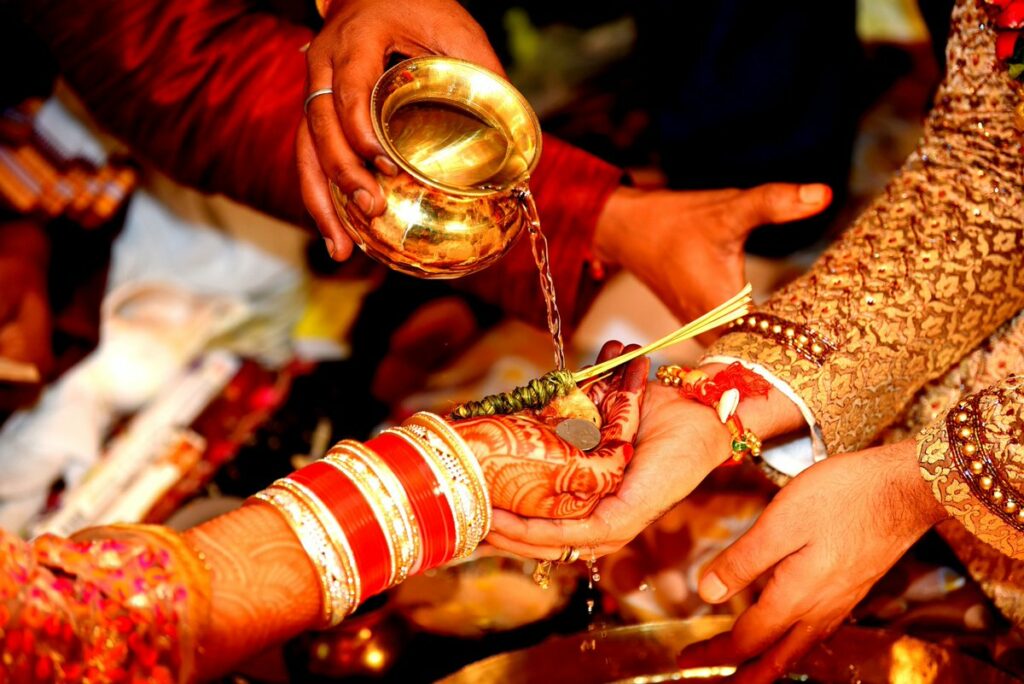
Kanyadaan is of immense importance in Hindu marriages. Without it, the wedding is considered incomplete. Kanyadaan allows a daughter to embrace her new role as a wife and become part of her new family with love and dedication. It is a cherished tradition that underscores the deep emotional and cultural significance of a Hindu wedding.